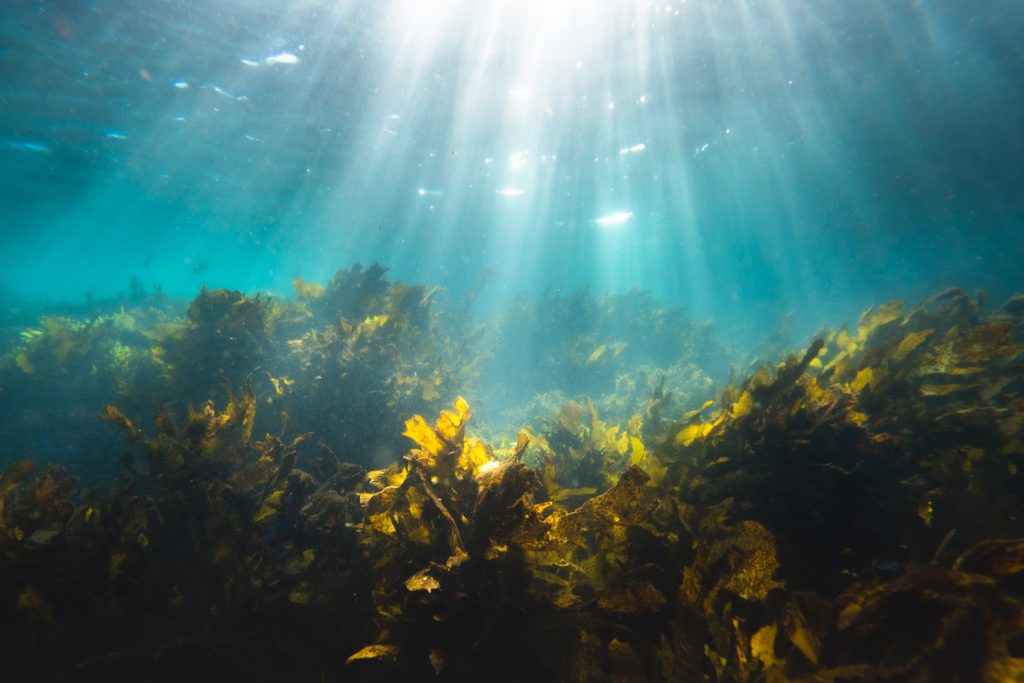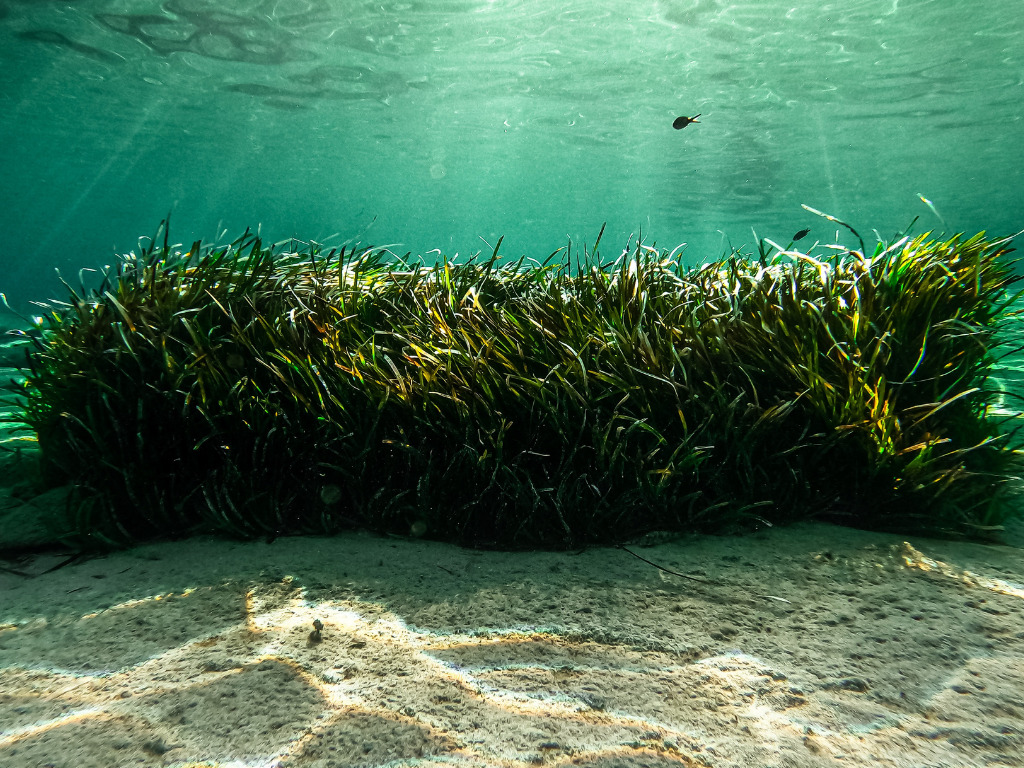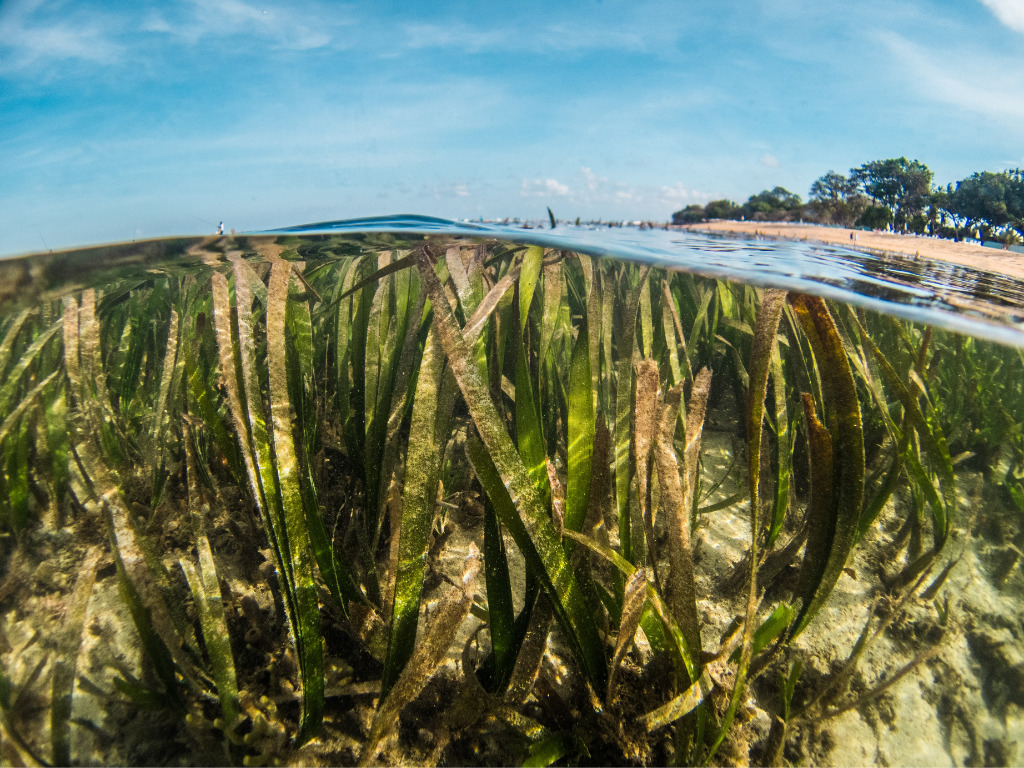3 Mins Read
Reef-safe sunscreen may protect more than coral. According to new research, many of the sunscreen chemicals linked to coral bleaching are also accumulating in Mediterranean seagrass.
Scientists have discovered chemicals including oxybenzone and benzylidene camphor in the stems of Posidonia oceanica, a Mediterranean seagrass species found off the coast of Mallorca—a popular tourist destination.
According to the researchers, accumulation of the harmful chemicals could disrupt photosynthesis and productivity of the seagrass, which play important roles in their environment.
Seagrass toxicity
“This marine enclave is impacted by port activities, water discharge and tourism,” said Dr Silvia Díaz Cruz, co-author of the study published in Marine Pollution Bulletin. “Since the Mediterranean Sea is shallow, small and very enclosed, concentrations of UV-absorbing chemicals can reach high [levels].”
Meadows formed by the Posidonia oceanica are crucial to the health of the complex regional ecosystem, home to a number of marine animals. The seagrass also stores carbon—a critical function in the fight against climate change. Likewise, as erosion impacts coastal regions, the seagrass meadows help to protect the areas from erosion.

“If we find that sunscreens affect the photosynthesis and productivity of seagrasses beyond accumulation, we will have a problem since these seagrasses play important ecological roles in the Mediterranean coasts,” said co-author Professor Nona Agawin.
Experts have known about the impact of sunscreen chemicals on coral reefs for some time. But it wasn’t clear just how soon the impact was felt. A recent study on anemones, which have translucent surfaces like coral, showed fatal results in less than a week.
“All it took was six days for the first anemone that had been exposed to oxybenzone and left in UV light to die,” CBS reported. “Ten days later, all of the light-covered anemones were dead, while all of the anemones that weren’t hit by the UV rays were alive.”
Sunscreens that contain harmful chemicals have been banned in places including Florida, Hawaii, and the country Palau where reefs are vital to the tourist economy as well as the regional biodiversity.
Climate impact
Climate change is also playing a role; as the planet traps more heat and ocean temperatures rise, expert warn that will trigger a mass reef die-off as a result of an “intolerable level of thermal stress.” Recent research found climate change is causing ocean “memory” loss—meaning ocean temperatures are more likely to resemble the previous day’s temperatures regardless of the reason for that change. This will increase overall ocean temperatures faster than climate change will trigger daily atmospheric temperature changes.
Research published in March found that Australia’s Great Barrier Reef—the largest reef structure in the world—is now in its sixth mass bleaching.

“Climate change is a whole host of bad things for corals,” Emily Darling, director of coral reef conservation at the Wildlife Conservation Society, told NPR. “If they’re getting bleached and dying off every year or two years, there’s simply not enough time in between these massive bleaching events for coral reefs to have any chance at meaningful recovery.”
Data published last December found seagrass is succumbing to wasting disease at more frequent rates—also a result of climate change.
“Not only are we seeing more seagrass wasting disease outbreaks, we’re seeing a severe impact within the vital nutrient stores of these plants in the roots—so they become compromised late in the growing season, setting them up for a harder winter,” said co-lead author Olivia Graham, a doctoral student in the field of ecology and evolutionary biology at Cornell University.
The sunscreen chemicals could compound the issue; every year approximately 4,000 to 6,000 tons of sunscreen enter coral reefs.
“If we find which sunscreen components are harmful for seagrasses,” Agawin said, “then we should better regulate and provide alternatives to protect the beach-goers and also the seagrasses.”
Lead Photo by Benjamin L. Jones on Unsplash



